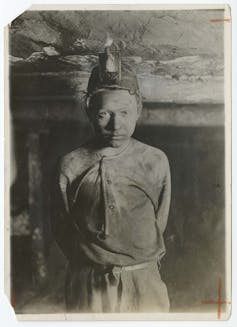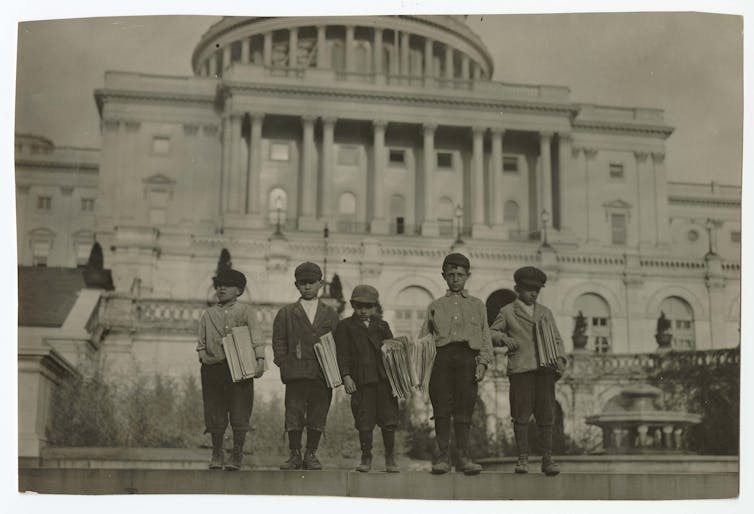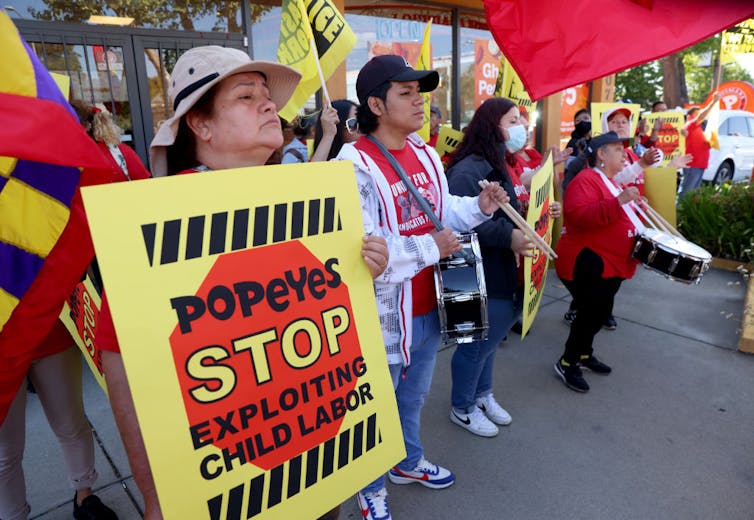In a recent study, a couple of scholars are sharing ways that the gender gap still persists in the United States today. In this article, they explore the ways that gender is impacting the Airbnb hosts as the U.S. Census Bureau reported that female Airbnb hosts make 25% less each yer than male Airbnb hosts which is a little more than $4,000 a year.
With this piece of information, researchers Alexander Davison and Mark R. Gleim conducted research consisting a sample of 8,000 public profiles that were accessible on the Airbnb platform on a numerous amount of variable such as nightly prices, number of yearly visits, average length of stay, amount of guests accommodated per stay, how long the profile had been active, and the property value.
Their analysis found these results:
- The average nightly rate of female hosts was $30 cheaper
- Female hosts booked fewer reservations.
- Each booking typically hosted fewer guests.
- Women make up 53% of the platform’s hosts.
- Women have slightly higher value in their property.
- No significant results in the years of activity between the two.
The scholars also found that the biggest gap tends to if a host is renting a whole home or just a private room in their own space. They also state that even when they control for listing-related factors, the gap does tend to to shorten but the difference is still remains. Davidson and Gleim recognize in their article that there are still things that are unknown such as if this trend is consistent on other similar platforms such as Homestay or Vrbo, if there are gendered differences in the approach to hosting, or if male and female hosts are aware of the differences in their listing.
Do these trends occur in hospitality specifically or do they also exist in the housing market as well?
Female Airbnb hosts earn thousands less per year than male hosts Published September 22, 2023 by Alexander Davidson and Mark R. Gleim.



